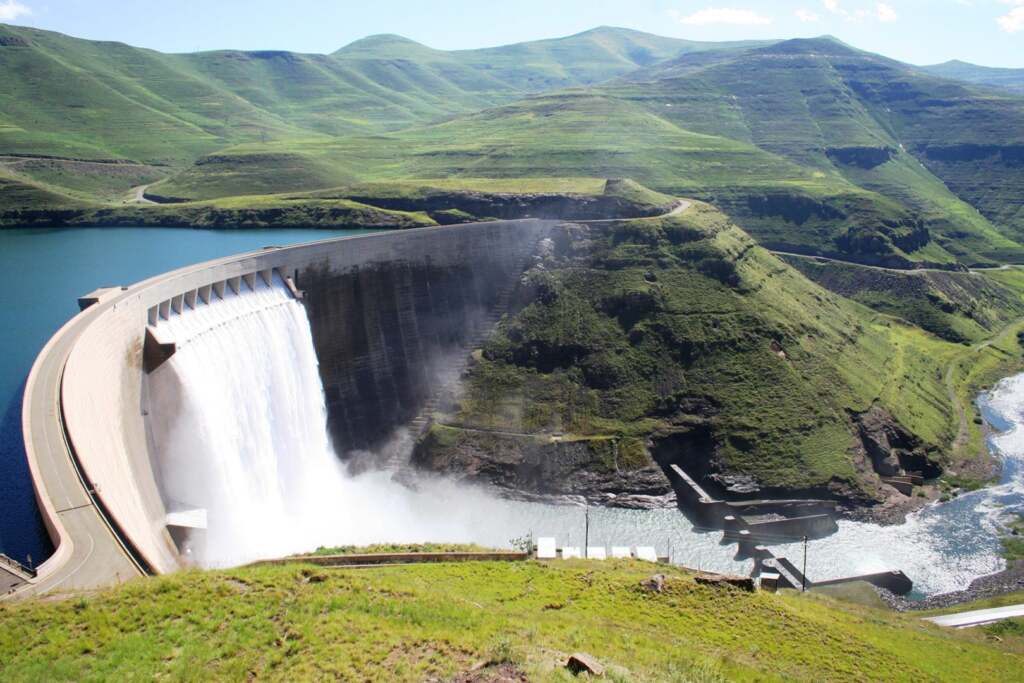BM
Central Bank hikes cost of borrowing
… as inflation hovers around 9 percent
Seabata Mahao
The Central Bank of Lesotho (CBL) has increased the CBL rate from 5.5 percent to 6.25 percent as it battles to keep escalating inflation under control.
The CBL has also hiked the net international reserves (NIR) target floor from US$720 million to US$730 million. This is done to maintain the one-to-one exchange rate peg between loti and the South African rand.
First deputy governor of CBL, Lehlomela Mohapi, this week told journalists that domestic inflationary pressures remained high despite a moderate slowdown in August 2022.
Lesotho’s current inflation rate slowed down to 9.4 in August 2022, having shot up to 9.8 percent in July 2022.
Mohapi said the inflation rate was expected to remain high and to average seven per cent over the medium term due to the on-going Russia-Ukraine war.
Mohapi was addressing journalists on the latest Monetary Policy Committee (MPC) decisions aimed at maintaining macroeconomic stability in the country.
“The MPC has decided to increase the CBL Rate from 5.50 per cent per annum to 6.25 per cent per annum. This will ensure that the domestic cost of funds is aligned with the money market rates in the region,†Mohapi said.
“The MP has also decided to revise upwards the current NIR target floor of US$720 million to US$730 million. At this level, the NIR target will be sufficient to maintain the one-to-one exchange rate peg between loti and the South African rand.â€
On his part, CBL governor Dr Maluke Letete indicated that economic activity in the country contracted by 2.5 percent in July 2022 as was the case in most economies during the second quarter of 2022.
“Domestically, economic activity is estimated to have contracted by 2.6% in July 2022 compared to a 3.5% decline recorded in June 2022. This was at the back of poor performance by both the demand as well as the production sides of the economy and regarding the domestic labour market, both manufacturing along with migrant mineworkers recorded job losses during the quarter ending in June 2022.â€
“Regarding the domestic labour market, both manufacturing and migrant mineworkers recorded job losses during the quarter ending in June 2022. Job losses in manufacturing were due to low external demand from major markets, which led to closure of some factories.â€
The key driver for job losses of migrant mine workers according to Dr Letete was low production during the review period because of prolonged periods of load shedding in South Africa.
“In South Africa, economic growth slowed in the second quarter of 2022. Real GDP growth rate was recorded at 0.2% per cent following a revised growth of 2.7% a quarter earlier. The slowdown in growth was due to floods in KwaZulu-Natal, which impacted negatively on productivity in agriculture and manufacturing. This was coupled with the high costs of inputs, such as fuel and fertilisers, which added downward pressure on productivity. The country continued to experience power supply shortages, which dragged productivity in the manufacturing and mining sectors lower,†Dr Letete explained.
He said central banks around the globe continued to tighten their monetary policy amid heightened inflationary pressures and there are indications they would continue to hike policy rates to keep inflation under control.
Summary
- Mohapi said the inflation rate was expected to remain high and to average seven per cent over the medium term due to the on-going Russia-Ukraine war.
- This was at the back of poor performance by both the demand as well as the production sides of the economy and regarding the domestic labour market, both manufacturing along with migrant mineworkers recorded job losses during the quarter ending in June 2022.
- The slowdown in growth was due to floods in KwaZulu-Natal, which impacted negatively on productivity in agriculture and manufacturing.

Your Trusted Source for News and Insights in Lesotho!
At Newsday Media, we are passionate about delivering accurate, timely, and engaging news and multimedia content to our diverse audience. Founded with the vision of revolutionizing the media landscape in Lesotho, we have grown into a leading hybrid media company that blends traditional journalism with innovative digital platforms.








